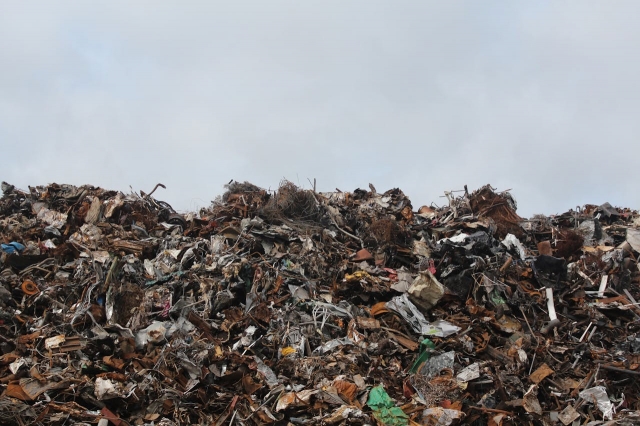A sustainable approach is essential for today's agri-food businesses. Faced with environmental challenges and growing consumer expectations, adopting responsible practices not only helps to reduce your ecological impact, but also enhances your brand's reputation and optimises your operating costs.
The food industry is one of the biggest consumers of natural resources and raw materials. Between production, processing and distribution, each stage in the food life cycle generates CO₂ emissions, excessive water consumption and significant waste production. Fortunately, several levers exist to make your business more sustainable and limit its environmental footprint.
One of the priority areas concerns the management of food waste. Reducing waste and optimising the recovery of surpluses are effective solutions for minimising losses while creating new economic opportunities. For example, setting up an integrated bio-waste management system can turn your unsold food into a valuable resource, particularly with food recycling. Recycling surplus food not only limits waste, it also promotes the circular economy by giving a second life to products that would otherwise have been wasted.
1. Optimize Water Management
Implement Efficient Irrigation Systems
Drip irrigation reduces water waste by delivering moisture directly to plant roots. This method minimizes evaporation and runoff. Smart sensors can regulate water usage based on soil moisture levels.
Harvest and Reuse Rainwater
Collecting rainwater decreases reliance on external sources. Storage tanks or ponds allow for better water conservation. Reusing rainwater for crops lowers costs and promotes sustainability.
2. Reduce Energy Consumption
Invest in Renewable Energy Sources
Solar panels and wind turbines generate clean energy. These alternatives lower dependency on fossil fuels and reduce carbon footprints. Government grants can help finance installations.
Upgrade to Energy-Efficient Equipment
Modern machinery optimizes fuel and electricity use. Efficient cooling systems and LED lighting reduce operational costs. Regular maintenance improves energy performance.
3. Improve Soil Health
Rotate Crops to Maintain Fertility
Crop rotation prevents soil nutrient depletion. It helps control pests and diseases naturally. This technique also enhances soil structure.
Use Organic Fertilizers
Organic compost and manure improve soil quality without chemicals. They enhance microbial activity and retain moisture efficiently. Natural fertilizers promote long-term soil health.
4. Reduce Food Waste
Implement Better Storage Solutions
Proper storage prevents spoilage and extends shelf life. Temperature-controlled warehouses keep products fresh for longer periods. Vacuum-sealed packaging minimizes waste.
Repurpose Unsold Products
Donating surplus food reduces waste. Leftover produce can be used for animal feed or bioenergy production. Some can be transformed into new products like jams or sauces.
5. Optimize Supply Chain Efficiency
Source Locally to Minimize Transport Emissions
Buying from nearby suppliers lowers fuel consumption. It supports local economies and ensures fresher ingredients. Less transportation reduces carbon footprints significantly.
Adopt Digital Tracking Systems
Digital tools improve inventory management. They prevent overproduction and reduce waste. Smart logistics help streamline deliveries and save costs.
6. Promote Sustainable Packaging
Use Biodegradable or Recyclable Materials
Compostable packaging reduces environmental impact. Materials like paper, bioplastics, and reusable containers minimize waste. Encouraging recycling programs enhances packaging sustainability.
Reduce Excess Packaging
Minimalist design lowers material usage. Bulk sales decrease single-use plastic consumption. Clear labeling guides consumers toward responsible disposal practices.
7. Encourage Biodiversity
Integrate Agroforestry Practices
Planting trees among crops improves soil and biodiversity. Trees serve as windbreaks, reducing erosion. Shade from trees benefits livestock and crop resilience.
Create Wildlife-Friendly Habitats
Hedges, ponds, and wildflower strips support pollinators. Encouraging diverse species strengthens ecosystems. Balanced habitats improve natural pest control.
8. Educate Employees and Consumers
Train Staff on Sustainability Practices
Regular workshops enhance awareness of eco-friendly methods. Teaching employees about waste management improves operational efficiency. Sustainable practices become routine.
Inform Consumers About Sustainable Choices
Transparent labeling helps customers make informed decisions. Sharing environmental benefits encourages responsible consumption. Hosting educational events builds awareness and engagement.
By adopting these strategies, businesses can significantly improve sustainability. Small changes lead to lasting environmental and economic benefits.






